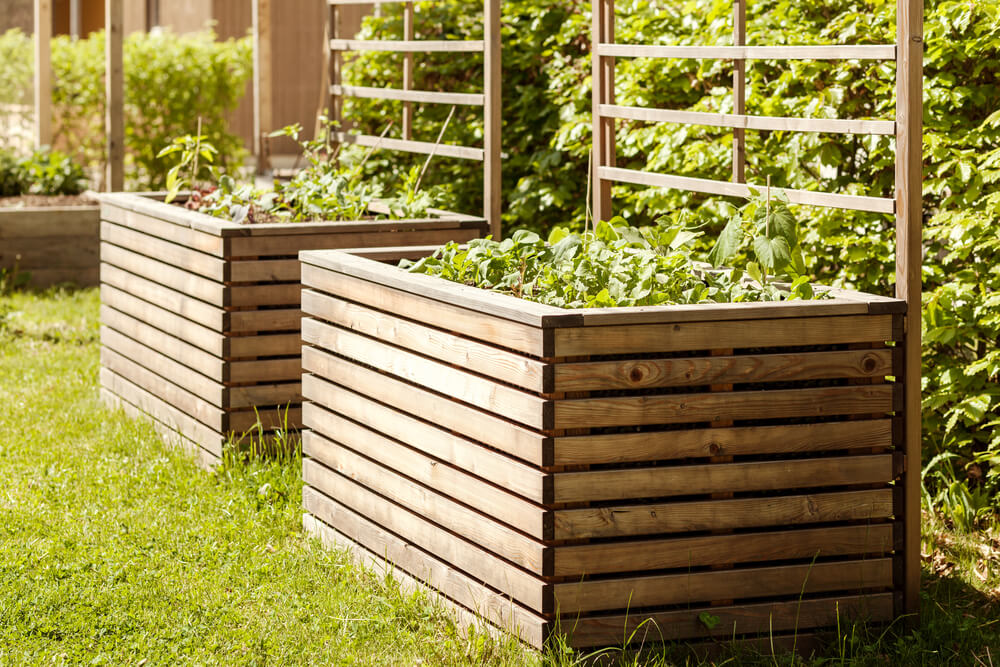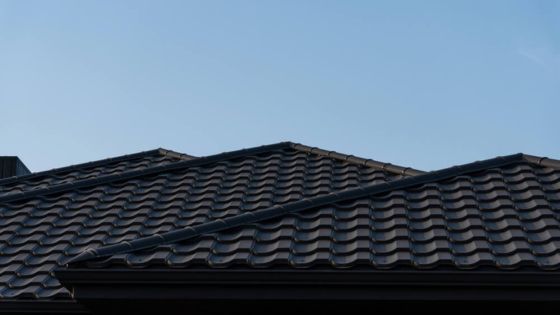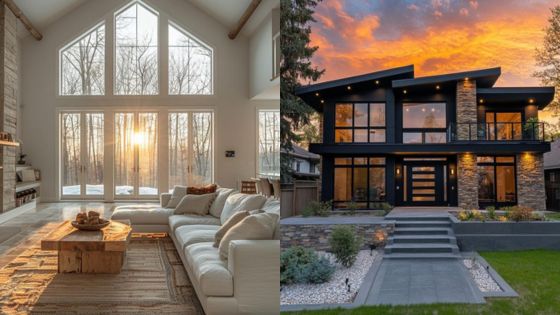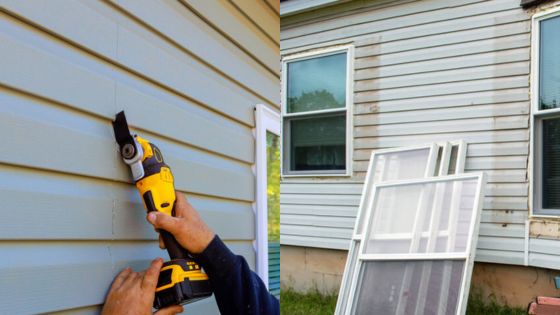
Image Alt Wheelbarrow
Creating layers in a landscape can transform a flat, ordinary yard into a visually dynamic space filled with depth and dimension. Hence, this article explores the unique roles of terracing, retaining walls, and elevated garden beds in landscape design.
Together, these techniques can help create a layered landscape that is visually appealing, functional, and sustainable.
Understanding Landscape Layers
By creating multiple tiers and defining different zones, layering allows for more efficient water management.
On sloped terrain, terraces or retaining walls can slow down water runoff, giving plants more time to absorb moisture while preventing soil erosion. Even in flat landscapes, elevated beds or gentle mounds can direct water flow more purposefully, reducing the likelihood of water pooling in low areas.
Another advantage of layering is its capacity to maximize space. For instance, stacking planting areas at varying heights allows a relatively small yard to support several plants, flowers, and vegetables without feeling cramped. Each level is a distinct zone, which you can adjust to suit specific plants.
A layered landscape also enhances the overall appearance by adding structure and definition. Layers help organize different elements within a yard, creating a sense of flow that guides the eye naturally across various heights and textures. This structured appearance adds a sense of purpose to each part of the landscape, making every level feel like an integral part of the design.
After looking at the benefits, we now turn to ways to incorporate this concept into your landscaping plan.
Retaining Walls for Structure and Stability
Retaining walls are essential for creating stable, tiered sections in a landscape, especially on slopes where soil erosion is a concern. You can search for rock retaining wall experts by location, for instance, rock retaining wall Seattle WA, Tacoma, or Lake Stevens. Working with local experts ensures expertise tailored to your area’s unique landscape.
They help you select the most suitable material. For instance, stone retaining walls add a rugged, organic charm that feels like an extension of the earth. They can be built as dry-stacked walls (without mortar) for a more natural look or mortared for additional stability, especially on steeper slopes.
Brick retaining walls bring a classic, structured look that complements more formal or traditional landscape designs. They can match the architecture or contrast it for a bolder effect. Brick works well in gardens aiming for a polished, well-kept appearance and is especially fitting for colonial, Victorian, or cottage-style landscapes.
However, brick may not be ideal for high or steep retaining walls, as it is less versatile on extreme slopes than other materials like stone or concrete.
Concrete blocks are a versatile and modern choice for retaining walls, often preferred for their uniformity and strength. These blocks can be textured or smooth, allowing them to mimic natural stone or achieve a sleek, minimalist look, while regular retaining wall maintenance ensures their durability and appearance over time.
Terracing for Sloped Yards
Terracing is an ideal strategy for transforming sloped landscapes into a series of flat, usable sections.
It offers flexibility in terms of design and materials, allowing homeowners to tailor the look to match the aesthetic of their property. For instance, stone blends naturally with the landscape, offering a rustic, timeless feel. Natural stones like granite, limestone, and slate create a sturdy, durable terrace structure that can withstand weathering, but they often come at a higher cost due to the labor involved in cutting and placing each stone.
Wood is another option, providing a warm, earthy appearance that complements more rustic or natural landscapes. Treated wood like cedar or redwood resists rot and insects, making it suitable for outdoor use, though it may require maintenance to prevent weathering.
Further, concrete is a highly durable and versatile material often chosen for its modern appearance and adaptability. You can mold poured concrete terraces to fit your yard, allowing for more uniform, minimalist designs. Each material offers different aesthetic and functional benefits.
Elevated Garden Beds for Accessibility and Design
These beds create distinct planting zones, making gardening easy. Choosing the most suitable material for elevated beds allows you to align the look of the beds with the overall landscape style. For instance, woods like cedar and redwood provide a warm, natural look and suit rustic or traditional gardens.
Galvanized or corten steel beds lend a modern touch. Their sleek lines and durability make them ideal focal points or edges within the garden, especially in contemporary landscapes. On the other hand, concrete beds offer a minimalist, industrial feel and work well in urban areas.
Thoughtfully arranging these beds can create focal points, define edges, or add layers through staggered heights.
Conclusion

When choosing a layering strategy, consider the terrain—sloped yards may benefit from terracing or retaining walls, while flat yards can achieve depth with elevated garden beds. In addition, select materials that complement your landscape style, whether rustic stone for a natural look, metal for a modern edge, or wood for a classic feel.
On top of that, consider the layout’s functionality; plan for easy access to planting areas, functional drainage, and visual flow to create a layered garden that is beautiful and manageable.
- 1share
- Facebook0
- Pinterest1
- Twitter0
- Reddit0



